I started trading in 2013 under my mentor’s guidance. During the first half year, I didn’t understand much, invested 100,000 capital, and followed whatever my mentor said. Every day I made a little profit, and my capital grew to 600,000. But once I acted impulsively, I definitely incurred losses, making small gains while suffering significant losses, and my account once shrank by 50%. At that time, I didn’t even understand the most common cryptocurrency terms and trading rules, and I was confused about things like K-lines.
I do not want to always rely on a big tree, so I asked him how to become an independent investor and how to improve myself.
My mentor saw my eagerness to learn and agreed to teach me. He told me that to run fast, you must first learn to walk. Without taking small steps, you cannot achieve great distances; without a solid foundation, there can be no skyscrapers. While sipping his tea slowly, my mentor told me that in trading cryptocurrencies, you must understand these few truths:
A question that all cryptocurrency traders ponder day and night: what factors affect coin prices?
And this question can extend to another question: who is manipulating the coin price?
And this question: why do they want to manipulate this coin price?
What they really want to know is just this question: when will it rise, and by how much?
How is price determined? Even if you haven't studied economics, you know: price fluctuates around value.
So if we extend the time frame, most coins have little value, which means there won't be much price, leading to—zeroing out.
Regular investment, value investment in Bitcoin, and long-term holding investors do not consider themselves as trading cryptocurrencies.
If you think you are trading cryptocurrencies, you should clearly know that the asset you are trading may eventually go to zero.
For dedicated cryptocurrency traders, they don't care about long-term value; they only care about short-term price fluctuations, so what they actually want to do is:
Snatching food from the tiger's mouth.
Long-term prices are determined by value; what about short-term prices? They are determined by the dealer.
So if you want to take a piece of the pie in short-term games, it is no different from snatching a piece of meat from the dealer's mouth.
'Good news drives the price up, good news leads to profit-taking and dropping the price' is a consensus among many.
In fact, this simple sentence reveals the truth of trading.
This sentence actually hides such a setting: a certain project will complete an upgrade in a week, and the real price increase does not occur when the upgrade is completed, but when everyone knows it is about to be completed.
So, is upgrading itself important?
No, what's important is for people to know that it is about to complete the upgrade.
This is called—creating expectations.
When you don't know why to rush to buy this coin, the old dealer gives you a reason.
Because this coin has great prospects, because this coin will have good news soon, because this coin has been rising before you bought it.
So you went in, then you got trapped, then you got cut, then you started cursing, then you kept paying attention, and then you got trapped in the next coin too.
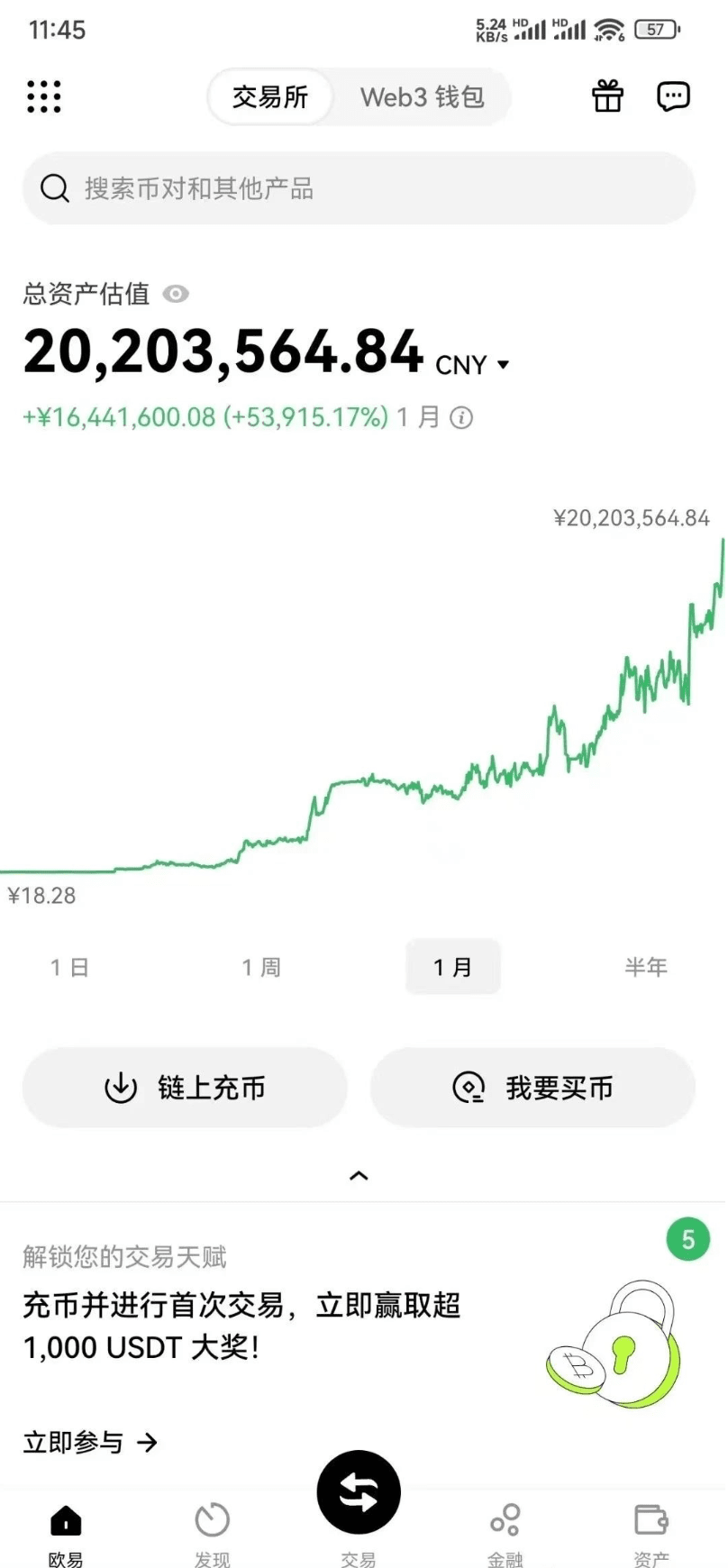
Compilation of trading experts' systems: (Cage Trading Method) (Practical Tips)
Cage Trading Method (Introduction to Cage Trading Method): The market operates according to an unchanging law: big fish eat small fish, small fish eat shrimp, and shrimp eat garbage. This is a biological evolutionary process that conforms to the laws of nature's development.
It is precisely because of the evolution of this rule that the Cage Trading Method has slowly developed on the basis of market trading psychology, setting aside the complicated and vague basic market data and the chaotic technical indicators, returning to the essence, focusing on K-lines, with a practical-oriented mindset, profit as the main goal, based on various investment categories.
One of the cage patterns: breaking through previous highs and lows.
After the market forms a peak, K-line signals often indicate to short sell; retail investors will definitely enter at this position. Of course, the market continues, and the main force waits for retail investors to enter before starting to operate in the opposite direction.
As shown in the figure: after retail investors enter with short positions, they may engage in three types of operations in the following trading days:
Propose to secure profits.
Do not change stop losses.
Place a breakout long order above the previous high. When the main force operates against the breakout of the previous high, let's see what three types of operations by retail investors lead to.
The first type is to secure profits being hit, the second type is stop-loss being hit, the third type is entering a long position upon breakout, followed by a stop-loss.
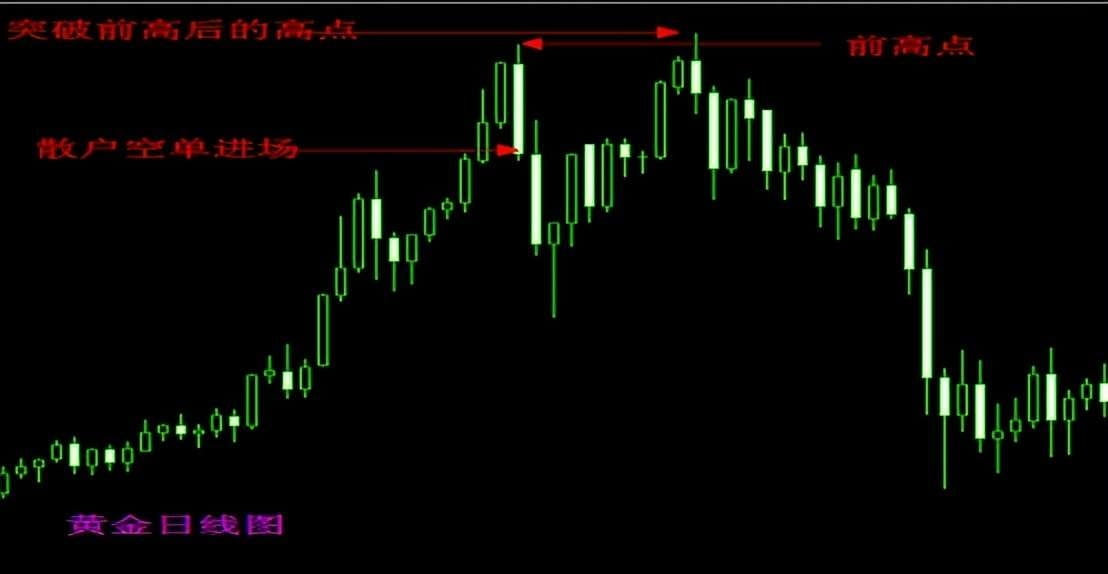
When the market main force breaks through the previous high, retail investors stop losses, secure profits, and enter in the opposite direction, they all incur losses. Only then does the main force truly change direction.
As shown in the figure: After the second peak K-line gives a signal, short sell, set the stop-loss above the K-line signal peak, and aim to exit below the counter cage.
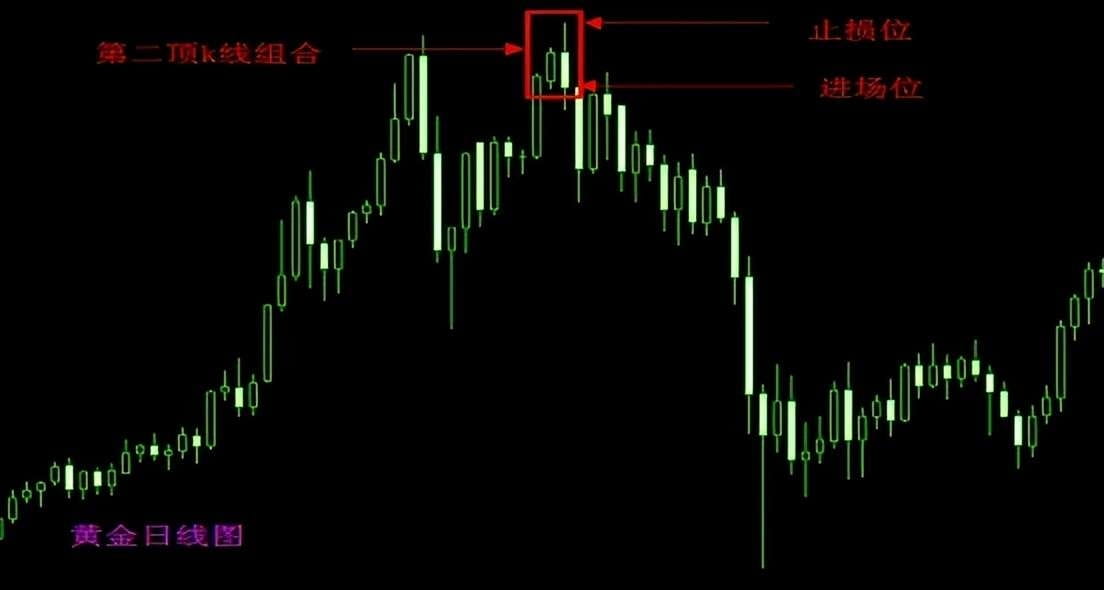
Practical analysis of descending triangles, with a win rate of over 85% (practical tips)
A descending triangle generally appears in a downtrend, with its upper edge sloping down and its lower edge horizontal.
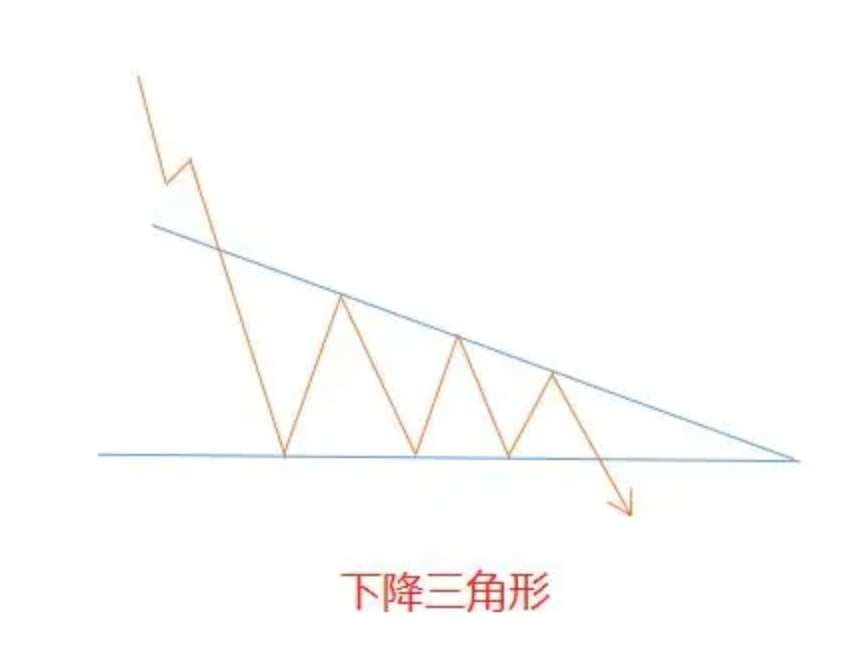
The trading strategy is as follows:
In a descending triangle, you can sell at the sixth turning point a, setting the stop-loss below this point a.
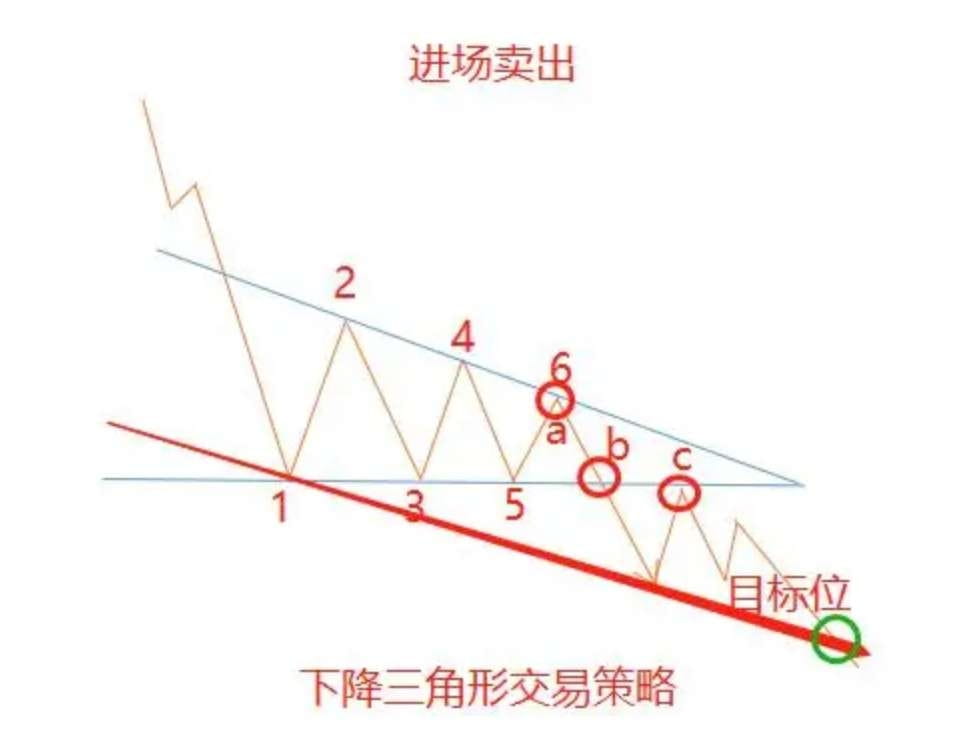
You can also sell at the breakout point b, with the stop-loss set below point b.
Or sell when the price rebounds to the low point c, with the stop-loss point set below point c.
Generally, the lowest target level, as shown in the figure, is the parallel line connecting the first turning point and the opposite turning point, at the intersection with the trend.
Because both ascending triangles and descending triangles can fail to break out, the best entry point is at the breakout point of the pattern. After the price breaks the pattern, it may not necessarily pull back, but if it does pull back, it also becomes an entry point.
Cryptocurrency trading practical guide: six simple steps to help you achieve steady profits.
After ten years of trading cryptocurrencies, I have experienced three years of hardship but also reaped seven years of sweetness. Now this investment has become my way of making a living. During this journey, I have explored six simple yet super practical experiences, especially suitable for beginner friends to listen to.
First, focus on strong coins. When trading cryptocurrencies, we need to focus on those coins that are performing well. If you're unsure, look at the 60-day moving average; if the line is above, we enter or buy more; if the line is below, we withdraw quickly. This method is quite effective and works most of the time.
Second, never chase high prices. If a coin suddenly rises by more than 50%, do not rush to follow in; at this time, it is easy to feel flustered. In contrast, buying at low prices is safer, with lower risk and greater opportunities to make money in the future.
Third, learn to see bullish signals. Before a big rise, prices often fluctuate within a small range, about 10% to 20%, and the trading volume is not large. At this time, you can try to slowly buy in at low prices; perhaps you can catch the fast train of the upward trend.
Fourth, closely follow new hotspots. Once a new hotspot emerges in the market, it will definitely be particularly hot in the first few days. At this time, following the big money bags usually allows you to earn a little easily.
Fifth, remain calm when a bear market arrives. If a bear market comes, you need to stay steady; it’s best not to make any rash moves within six months. When the market is bad, trade less and rest more; that is the demeanor of a trading expert.
Sixth, regularly review and adjust strategies. Every week, take a look back at how you operated; don’t just focus on how much money you made, it’s important to evaluate whether the strategy is correct. If correct, stick to it; if not, change it. After a few months, your trading strategy will definitely become more reliable.
Finally, don't forget, success doesn't just fall from the sky; it is for those who are always prepared. Trading cryptocurrencies is the same; as long as you are willing to learn, observe, and adjust, you can also become that person who is always prepared.

The most painful lesson in trading: do not let 'blind operations' and 'not setting stop losses' deplete your capital.
Are you always repeating the same cycle?
Seeing a market jump up and rushing to buy, fearing missing out on a 'doubling opportunity'; just after buying, you encounter a pullback, thinking 'it will definitely go up again', and end up getting deeper trapped; when it falls to the bottom, you panic and cut at the lowest point, then turn around and chase the next hot spot... In the end, your account balance decreases, only to realize you have become a vegetable repeatedly harvested in the market.
The core of trading losses is never 'judging the wrong direction', but rather hitting two fatal traps: frequent trading chasing highs and cutting losses, and a gambler's mentality of not setting stop losses.
Frequent operations seem to 'seize opportunities', but in reality, you are working for transaction fees. Every impulsive order may push you in the wrong direction; not setting stop losses is like running naked with your capital. A significant pullback can erase your previous profits, even lead to total loss. The market's volatility never shows mercy; the more you think about 'turning the tables with luck', the easier it is for the market to lead you around, becoming prey for capital harvesting.
True trading wisdom is 'survive first, then talk about making money'.
Setting a stop-loss is the bottom line for preserving capital. It is not admitting defeat, but providing insurance for your trading—just like wearing a seatbelt while driving, which may seem unnecessary most of the time but can save your life in critical moments. Before each order, think about 'how much loss you can bear at most'; when the time is up, decisively exit to avoid small mistakes turning into big mistakes, preserving capital for a comeback.
Refusing frequent trading and adopting a phased thinking approach to the market is the key to profit.
The market is never short of opportunities, but opportunities do not come every day. Just like the cycle of seasons, the market has its own rhythm: some phases are suitable for positioning, some phases are suitable for observation, and some phases require decisive exit. Don't always think about 'grabbing every fluctuation'; frequently switching tracks will only leave you lost in confusion. Stay calm and wait for the trend to clarify; using patience for opportunities is far more effective than blindly operating ten times.
The essence of trading is risk management, not chasing high profits.
Fewer impulsive chase trades reduce the risk of being trapped; more strict stop losses provide more confidence in preserving capital; planning trades with phased thinking helps escape the dead cycle of 'cutting losses—chasing highs—cutting losses again'. Remember: as long as the principal is there, opportunities are there; preserving capital allows you to survive longer in the market, waiting for the moment that truly belongs to you to profit.
A must-read for beginners in cryptocurrency contracts about leverage.
What is leverage? Simply put, it is 'borrowing strength'.
Imagine this: you use $100 (margin) and through 5 times leverage, you can operate assets worth $500. If it rises by 10%, you earn $50 (equivalent to 50% of the principal); but if it falls by 10%, your $100 is gone (liquidated).
Why should newcomers be extremely cautious?
1. The speed of losses amplifying far exceeds imagination: with even slight market fluctuations, your capital may be gone. This is not to scare you; the blood and tears lessons are very real.
2. 'Zeroing out' is not a legend: under high leverage, a single large fluctuation can make your account zero out, leaving no opportunity for averaging down.
3. Emotions are the biggest enemy: when losing, it's easy to get 'high' and want to increase leverage to recover, often leading to deeper entrapment.
How to use leverage relatively 'reasonably'? (Core principles)
1. Keep 'low' in mind!
Newcomers are strongly advised to start with 1-5 times leverage! ** Don't think it's too low! First, feel the market fluctuations and the power of leverage. With 5 times leverage, a 20% reverse fluctuation in price will lead to liquidation; the risk is already significant.
Veterans also advise keeping leverage within 10 times. ** True experts do not gamble with high leverage, but rely on strategies and risk management. Exceeding 20 times? That's really not much different from gambling; be very cautious!
2. Position management is crucial!
Each single trade should always be just a small portion of your total capital! It is recommended not to exceed 5%-10% (for example, if you have 10,000 USDT, use only 100-500 USDT for a single contract). Absolutely do not go all in!
High leverage must be paired with lower positions! ** If using 10 times leverage, the position should ideally be halved compared to using 5 times. Ensure that even in a loss, it does not cause significant harm.
3. Stop-loss! Stop-loss! Stop-loss!: (Important things said three times!)
Always set a stop-loss when opening a position! This is your only 'safety rope'. Based on your risk tolerance and technical analysis (such as a bit below the support level), preset the maximum loss point you can accept, and let the system execute it automatically!
Never move stop losses to hold the position! Holding onto fantasies when losing often leads to disastrous consequences.
4. Recognize the trend and follow the trend:
Leverage is more suitable for use in relatively clear and smooth trend markets. Using high leverage in a volatile market is a common risk.
Don't increase leverage against the trend! Don't think that just because it has fallen a lot, you can definitely catch the bottom rebound; the market specializes in punishing various forms of resistance.
5. Maintain a calm mindset, refuse greed:
Using leverage is to utilize funds more efficiently, not to 'get rich overnight'.
Set reasonable profit targets; after reaching them, consider partial profit-taking to secure gains.
Losses are part of trading; accept them, set stop losses according to your plan, and don't let them affect the next trade.
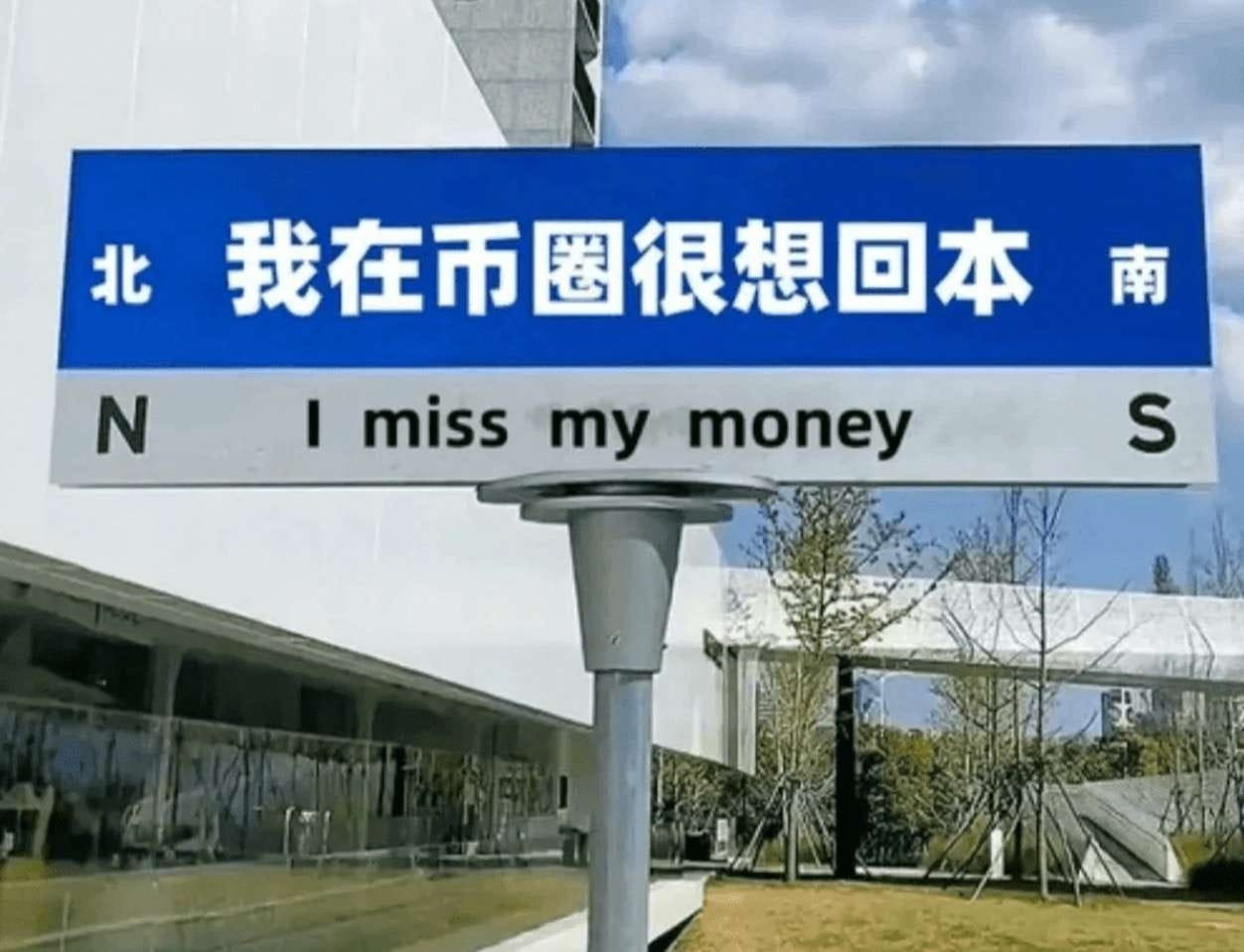
After many years of trading cryptocurrencies, I found that those who can achieve stable profits are all 'foolish people'.
Can you believe it? Those who survive the longest and earn the most in the cryptocurrency market are never the 'smart people' who watch the market every day, but a group of 'stubborn old folks' sticking to simple methods.
In recent years, I have seen too many stories of liquidation: some people stare at the K-line chart for three days and nights without sleep, ultimately going all in and getting liquidated; others follow so-called 'insider information', chasing highs and cutting losses, only to end up with a zero balance. They are not lacking in skills, but have fallen into three fatal habits.
Chasing highs and cutting losses is the biggest pitfall. Seeing a coin spike makes you jealous, fearing to miss out on a hundredfold market, but as soon as you enter the market, you get trapped; when the coin price plummets and the market panics, you are scared and cut losses, perfectly stepping on the wrong rhythm. The real cyclical dividend always belongs to those who have ingrained 'buy on dips and sell on highs' into their bones.
Heavy betting is even more dangerous. Always thinking that if you have the right direction, you can get rich overnight, putting all your funds into one coin. But a small shake from the main force can lead to forced liquidation, leaving no opportunity for recovery.
Full position operations are the easiest to get emotional about. When the market fluctuates, emotions can get out of control, making you want to invest everything. Even if you guess the big trend correctly, you can't flexibly adjust your position and end up watching better opportunities slip away.
Ultimately, the cryptocurrency market is not about who has the better vision, but about who can control themselves. I have summarized a 'counter-human nature operating guide', the simpler and more effective it is, the fewer people can stick to it:
Never act rashly during a consolidation period. Do not rush to exit when high-level consolidation has not ended; do not blindly catch the bottom when low-level consolidation has not bottomed. Staying still before a trend change signal appears is the best operation.
Only by enduring during fluctuations can you win. Most people lose their patience during sideways fluctuations, and frequent operations lead to losses. Remember, the longer the sideways movement persists, the more intense the trend will be once it forms.
Follow the daily emotional trends. Buy in batches when the daily line closes down, and gradually sell when it closes up; this is much more reliable than blindly figuring it out yourself.
Understand the rhythm of declines to find opportunities. Coins that drop slowly often have limited rebound space; those that drop quickly and sharply may have urgent rebound opportunities; the key is to grasp the rhythm well.
The pyramid building method must be used. Enter in batches, with smaller positions as you go higher, always leaving bullets for yourself to deal with emergencies.
Wait for signals after big rises and falls. After severe fluctuations, consolidation is inevitable, and after consolidation ends, a trend change will occur. Don't go all in at the high point, nor sell out at the low point; wait for clear signals to act.
The cryptocurrency market is never short of opportunities; what’s lacking are those who can maintain a calm mindset, endure until an opportunity arises, and survive longer. If you can do these, you will find that trading cryptocurrencies is not that difficult.
